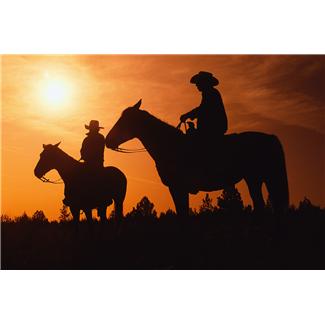At Work in the Garden of the Mind
I’m at work in the garden and thinking about Price McLemore.
I met him years ago -- a cotton farmer in Montgomery County, Alabama, one of the few left in the area at the time. He loved the feel of the soil, the rhythms of the seasons, and the notion that the land he farmed had the history of his family tied up in it.
One Spring day, in the little outbuilding he called an office, he showed me his journal. It was a huge, leather-bound ledger that was the written history of the McLemore farm. It went back a hundred years to the time before the Civil War. Every McLemore who had farmed the land had made an entry in the journal every day of the cotton-growing season every year. They started at planting time and went through harvest. It was a matter of honor that no McLemore missed an entry.
Each recorded faithfully what the weather was like on a particular day, how the crop was growing, the rainfall, the battle against the boll weevil. Over the span of time, the McLemores found that growing seasons repeated themselves if you recorded enough of them. No matter what the present year was like, you could probably find a year somewhere in the past that resembled it. And that could help you plan on how to spray and fertilize and when to hire workers to pick the cotton.
It amounted to a crude science, but it went far beyond that. It said to me that man and nature are one, each with its seasons, repeating themselves in universal timelessness. Birth and death, seedtime and harvest. What goes around, comes around. There’s a comfort and a hopefulness in that.
As a writer, I’ve come to think of my life as a journal, in which I have recorded every aspect of my being. Whether I’ve written things down as they occurred or not, they’re all there – everything I’ve experienced, every thought or idea I’ve had, everything I’ve read, every place I’ve been, every person I’ve encountered. Seeds planted, waiting to spring forth later as fruits of my imagination, just when I need them for whatever story I’m working on at the moment.
To have a proper garden, you have to tend to it – plant those seeds and nurture them through their growing time. The best way I do that is by reading. When I read a story, it opens my imagination and makes way for a seed for later harvest. And that’s why I’m so passionate about young people using the summer for reading time, reading things just for fun, as I did when I was a boy. I’ve been enjoying the harvest all my life.
So I’m working in the garden, literally and figuratively, tending the okra and squash, the cucumbers and onions, the peppers and herbs. Thinking about young people and their imaginations, and about Price McLemore and about rhythms of life. And I feel a little better about the world for all that.




